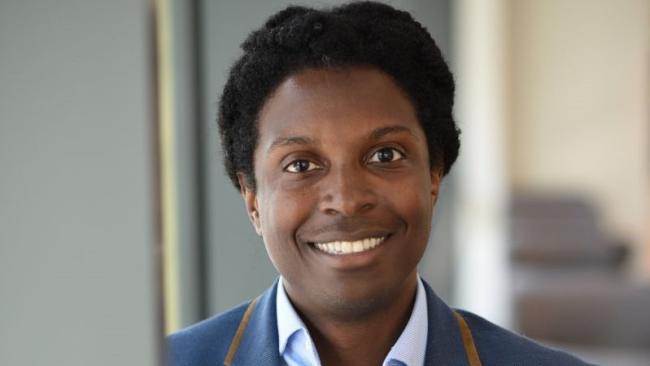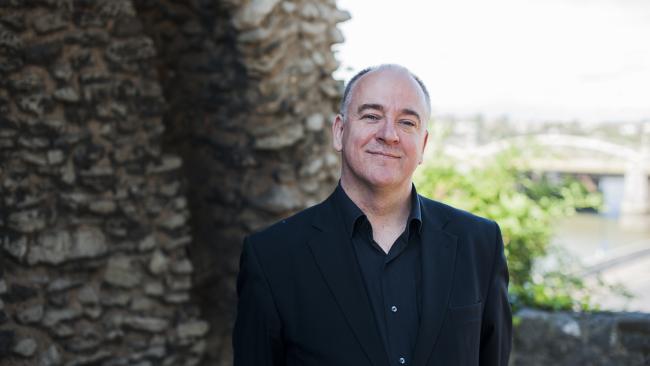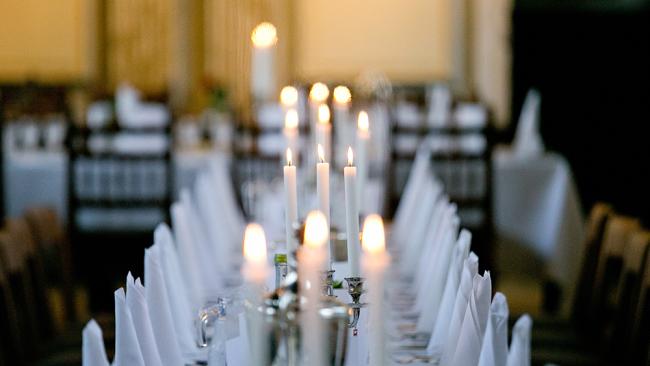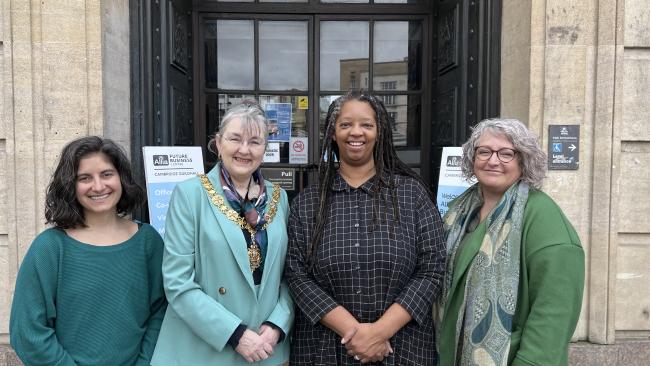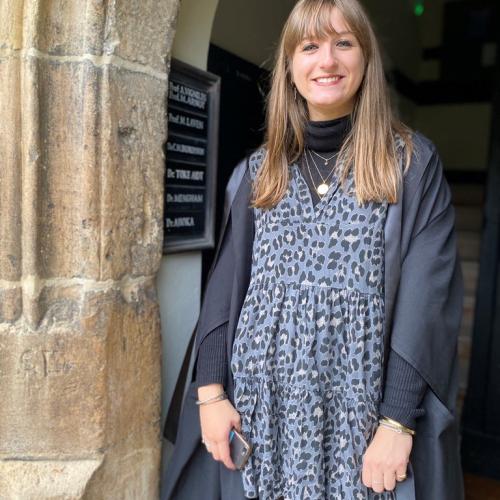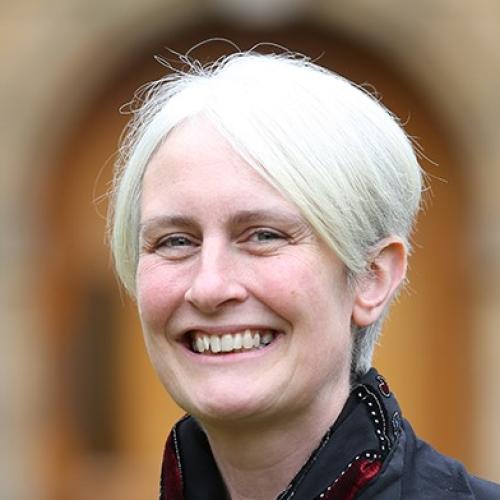
Phone number: +44 (0)1223 339781
Email: mrl25@cam.ac.uk
Professor Mary Laven
Mary Laven is Professor of Early Modern History and a Fellow at Jesus College.
Academic interests
Mary Laven's academic interests include:
- The social and cultural history of early modern Europe, especially Italy
- Religion, gender, and material culture.
Degrees obtained
- MA, Cantab.
- MA, London.
- PhD, Leicester.
Awards and prizes
- Winner of the 2002 John Llewellyn Rhys Prize, for Virgins of Venice: Enclosed Lives and Broken Vows in the Renaissance Convent.
- Leverhulme Major Research Fellowship (2011-13), to fund project Objects of Devotion: the material culture of Italian Renaissance piety, 1400-1600.
- ERC Synergy Grant (2013-17), to fund project Domestic Devotions: The Place of Piety in the Renaissance Italian Home, a collaborative grant with Deborah Howard and Abigail Brundin.
-
Winner with Abigail Brundin and Deborah Howard of the 2019 Roland H. Bainton History / Theology prize for The Sacred Home in Renaissance Italy.
Biography
I studied History at Cambridge, took a Master's in Renaissance Studies at the Warburg Institute, and completed a PhD on early modern nuns at the University of Leicester. I've been a lecturer here at Cambridge since 1997 and am a Fellow of Jesus College.
I was one of the curators of two recent exhibitions at the Fitzwilliam Museum: Treasured Possessions from the Renaissance to the Enlightenment and Madonnas and Miracles. I am also a syndic of the Fitzwilliam Museum.
I appeared on BBC Radio Four's In Our Time in 2015, discussing Matteo Ricci and the Ming Dynasty.
With Cambridge colleagues Abigail Brundin and Deborah Howard, I am the co-author of a new study of domestic life, The Sacred Home in Renaissance Italy.
Other interests
Music, art, beer.
Department link
http://www.hist.cam.ac.ukPublications, links and resources
- Laven, M. with Ivanič, S. and Morrall, A. (2019) Religious Materiality in the Early Modern World, Amsterdam: Amsterdam University Press.
- Laven, M. with Brundin, A. and Howard, D. (2018) The Sacred Home in Renaissance Italy, Oxford: Oxford University Press.
- Laven, M. (2018) ‘“From His Holiness to the King of China”: Gifts, Diplomacy and Jesuit Evangelization’. In Biedermann, Gerritsen and Riello, eds., Global Gifts: The Material Culture of Diplomacy in Early Modern Eurasia, Cambridge, Cambridge University Press, pp. 217-34.
- Laven, M. with Corry, M. and Howard, D. eds, (2017) Madonnas and Miracles: The Holy Home in Renaissance Italy, London: Philip Wilson.
- Laven, M. (2016) ‘Recording Miracles in Renaissance Italy’, Past & Present, 230 suppl. 11: pp 191-212.
- Laven, M. and Galandra-Cooper, I. (2016) ‘The Material Culture of Piety in the Italian Renaissance: Retouching the Rosary’, in Richardson, C. et al eds.,The Routledge Handbook of Material Culture in Early Modern Europe, Abingdon: Routledge, pp 338-53.
- Laven, M. ed, (2015) Journal of Jesuit Studies 2, special issue on the theme of The Jesuits and Gender: Body, Sexuality and Emotions. Introduction, pp 545-57.
- Laven, M. with Avery, V. and Calaresu, M. eds, (2015) Treasured Possessions from the Renaissance to the Enlightenment, London: Philip Wilson.
- Laven, M. (2013) The Role of Healing in the Jesuit Mission to China, 1582-1610. In: Stig Sørensen, M.L. and Rebay-Salisbury, K., eds., Embodied Knowledge: Historical Perspectives on Belief and Technology, Oxford: Oxbow Books, pp 67-76.
- Laven, M. (2013) Legacies of the Counter-Reformation and the Origins of Modern Catholicism. In: Bamji, Janssen, and Laven, eds, Research Companion to the Counter-Reformation, Ashgate: Farnham and Burlington, pp 451-69.
- Laven, M., Bamji, A., and Janssen, G., eds, (2013) Research Companion to the Counter-Reformation, Ashgate: Farnham and Burlington.
- Laven, M. and Clark, E. eds, (2013) Women and Religion in the Atlantic Age, 1550-1900, Ashgate: Farnham and Burlington.
- Laven, M. (2012) Jesuits and eunuchs: Representing masculinity in late Ming China. History and Anthropology, pp 199-214.
- Laven, M. (2011) Mission to China: Matteo Ricci and the Jesuit Encounter with the East, London: Faber and Faber.
- Laven, M. (2006) Encountering the Counter-Reformation. Renaissance Quarterly, pp 706-720.
- Laven, M. (2005) Cast out and shut in: the experience of nuns in Counter-Reformation Venice. In: Milner, S., ed, At the Margins: Minority Groups in Premodern Italy, Minneapolis: University of Minnesota Press, pp 93-110.
- Laven, M. (2003) Testifying to the self: nuns' narratives in Early modern Venice. In: M. Mulholland and B. Pullan, eds., Judicial tribunals in England and Europe, 1200-1700, Manchester: Manchester University Press, pp 147-58.
- Laven, M. (2002) Virgins of Venice: Enclosed Lives and Broken Vows in the Renaissance Convent, London: Viking Penguin.
- Laven, M. (2001) Sex and celibacy in early modern Venice. In: Historical Journal, pp 865-88.

